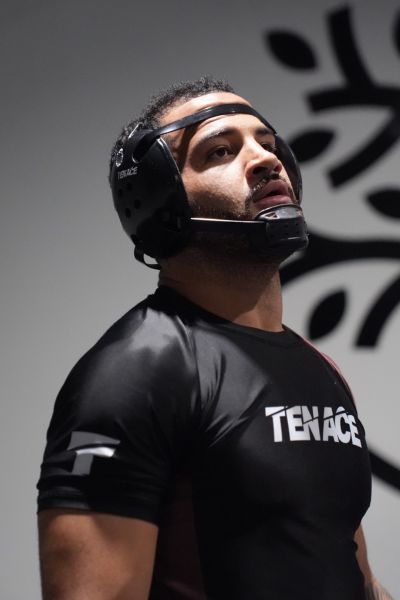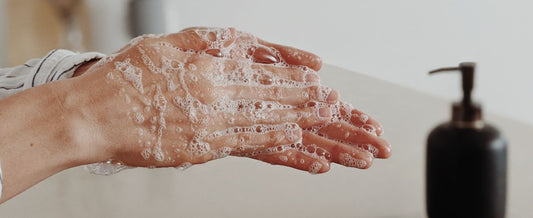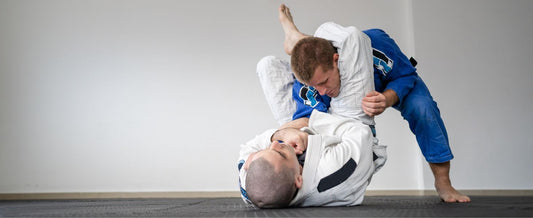In martial arts mobility and flexibility is a very important point. We will talk specifically about Jiu Jitsu, which is characterized by the focus on technique, control and strategy, rather than brute force. For this same reason, mobility and flexibility are crucial for practitioners of this sport, understanding and developing these qualities can make the difference between success and defeat on the tatami.
Why is mobility important?
Let's start by explaining what exactly mobility is, since it is often confused with flexibility. Mobility involves not only the flexibility of the muscles, but also the ability of the joints to move actively and in a controlled manner. Includes neuromuscular coordination and joint stability.
In Jiu Jitsu, mobility is essential for several reasons:
- Between one position and another it is vital to have a good ability to move fluidly. This also allows for smooth and efficient transitions between positions such as guard, mount and side control. This skill not only helps maintain initiative during combat, but can also prevent injury by moving in a controlled manner.
- For effective defenses and escapes in compromising situations, it is necessary to have mobility throughout the body. For example, mobility in the hips and trunk is essential for performing hip escapes and other defensive movements.
- Many of the techniques require optimal mobility to be executed correctly. Levers and chokes often involve precise, controlled movements that can only be achieved with a good level of mobility.
Why does being flexible help us in our Jiu-jitsu training?
Flexibility is no less important than mobility, let us therefore explain, to better understand the difference, what is flexibility?
Flexibility is the ability of muscles to stretch and allow a wide range of motion. While mobility focuses on the joints, flexibility focuses on the muscles and tendons. Flexibility is equally crucial in Jiu Jitsu for several reasons:
- Thanks to flexibility, the risk of injury is prevented , since the tendons and muscles are stretched.
- In some of the Jiu Jitsu techniques , a lot of flexibility is required to be performed effectively, especially in submission techniques.
- Destabilizing your opponent, better adapting to situations by moving your body in unusual ways and maintaining control in uncomfortable positions can give you a significant advantage during combat.
How to integrate these two skills into your training?
Our recommendations to maximize performance in Jiu Jitsu and integrate mobility and flexibility exercises into your training routine:
- Before each training session, perform a dynamic warm-up that includes joint mobility exercises and dynamic stretches. This prepares the body for physical effort and improves performance.
- Spend a few minutes a day doing both static and dynamic stretches after training to aid recovery.
- It incorporates specific mobility exercises for the areas most used in Jiu Jitsu, such as the hips, shoulders and trunk . Movements such as hip circles, trunk twists, and shoulder movements can be very beneficial.
- Incorporate a 20-minute yoga class into your weekly routine. These practices are great for improving both mobility and flexibility, and also help develop core strength and balance.
Definitely, mobility and flexibility are essential for Jiu-Jitsu. This discipline is characterized by its focus on control and submission through techniques that require a great capacity for movement and adaptability of the body. Mobility allows practitioners to move efficiently on the mat, adjust their position quickly, and react to the opponent's movements. On the other hand, flexibility is crucial for executing a wide variety of techniques, from escapes to submissions, and for preventing injury by allowing the body to bend and stretch in unconventional ways.
In short, without mobility and flexibility, a Jiu-Jitsu practitioner would be limited in their ability to apply effective techniques and adapt to the various situations that may arise during a fight. These qualities not only enhance performance, but also contribute to longevity in the practice of the art, allowing practitioners to train and compete safely and efficiently.





